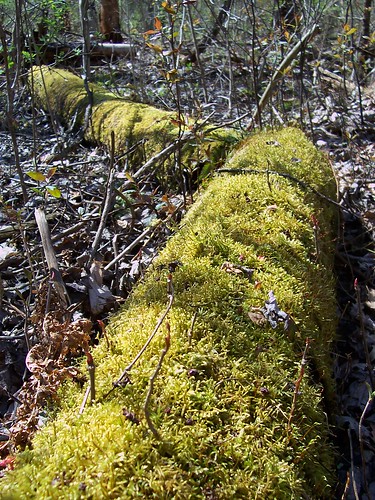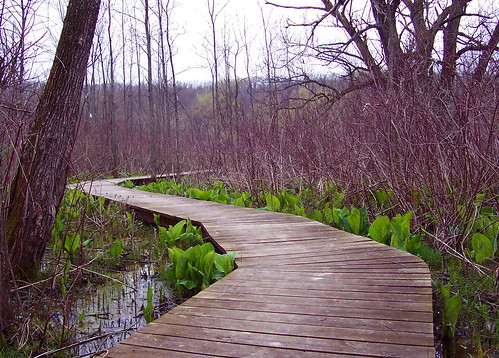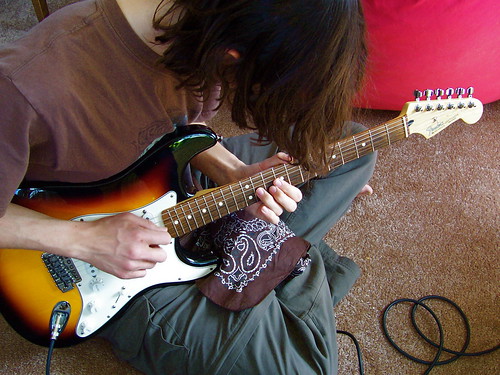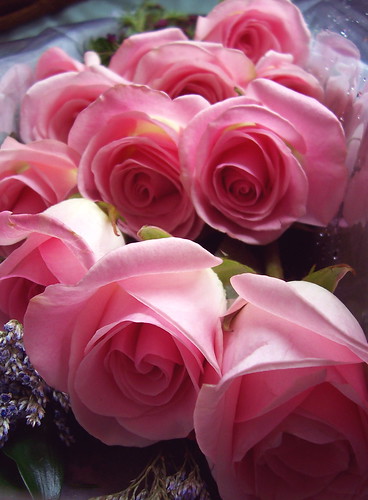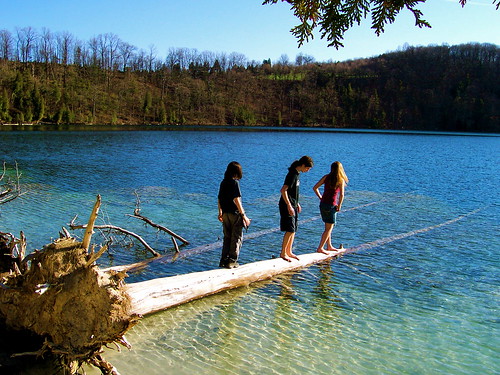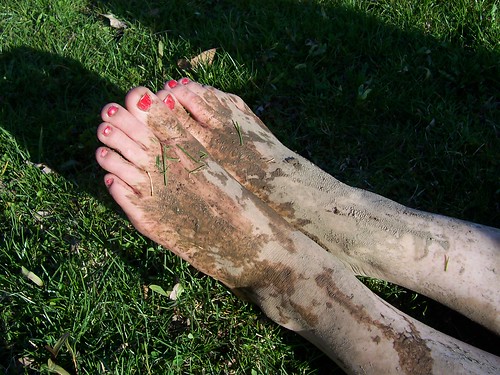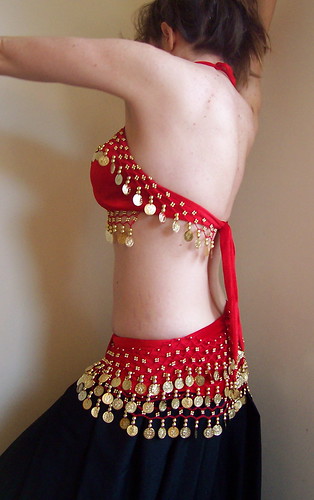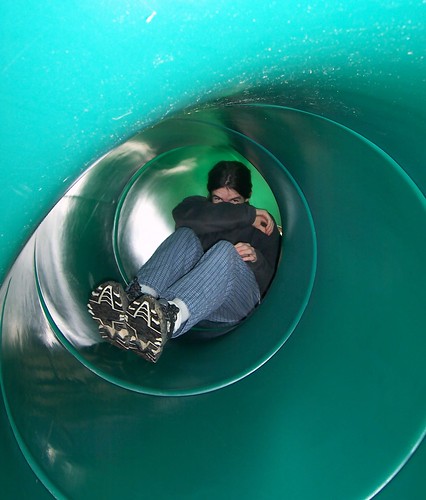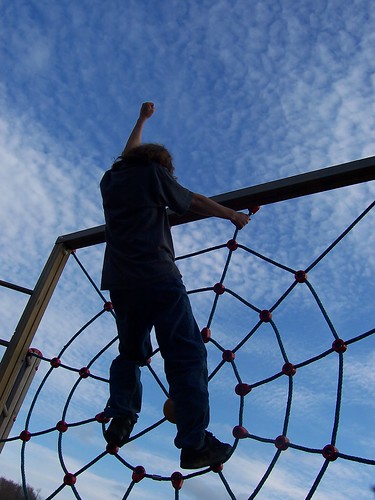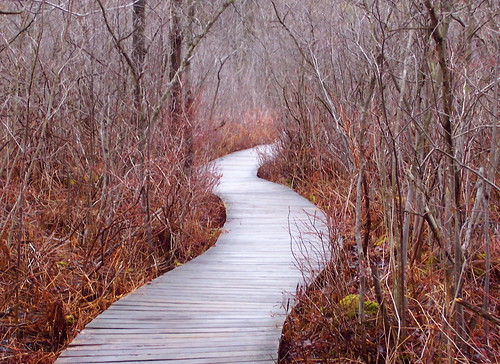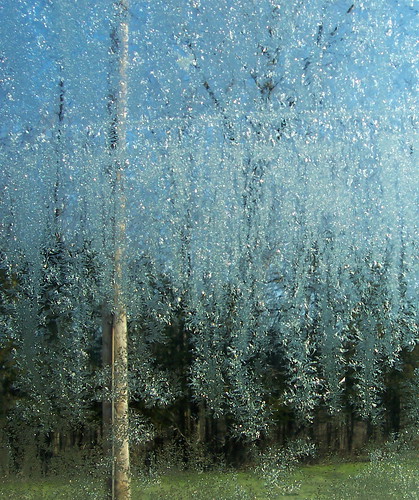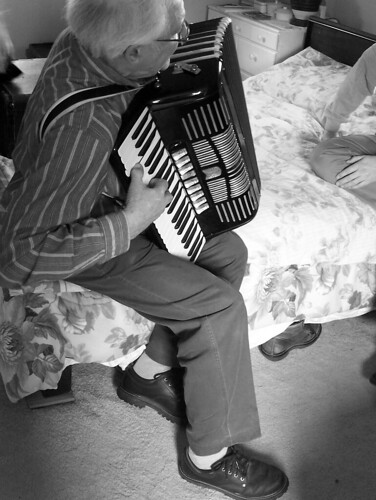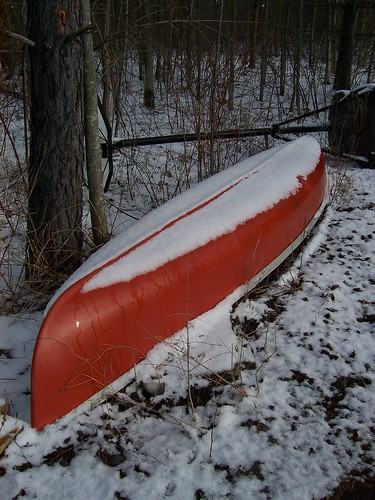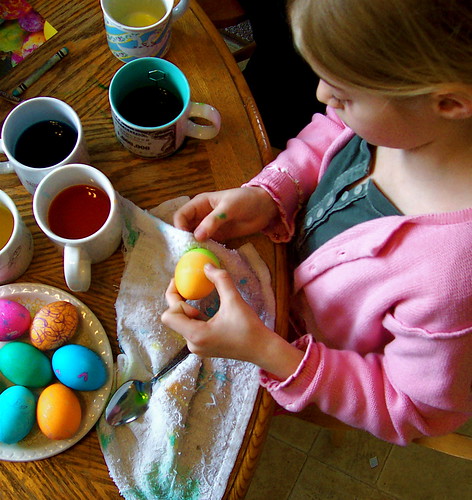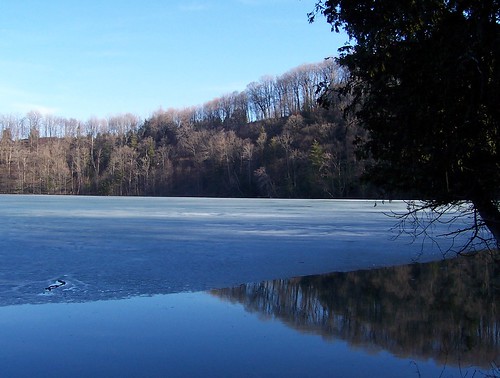Today was the kind of day we've been waiting for all semester. Sunlight shone, clear and unfiltered and strong, onto the green of the quad, warming the air until students stripped off hoodies and discarded backpacks to run around on the grass with frisbees. At the far corner of the campus, in the shade of a brick building, the last snowbank was melting, the puddle of water spreading across the pavement.
Students set up barbecue grills in front of the library, and soon the library was empty, as students spilled out into the sun, gathering at the smell of veggie burgers and organic beef patties, milling about in laughing, impatient groups. One circle of students sat near the edge of the quad with drums, and they began pounding out a rhythmic beat. Two young women, one in jeans and another in a flowing brown skirt, began performing with hula hoops, colorful over-sized hoops. Their bodies moved hypnotically, while the bright hoops swung in circles. A group of students on the brick patio were tie-dying shirts, twisting and wrapping the fabric, wringing the excess water out onto the grass.
It was finally warm enough for students to show off the newest t-shirts of the season. My favorites were the dark green shirts that the forestry students wore. The front of the shirt said simply, "I'll tap that." The back of the shirt showed the trunk of a maple tree, with a spout driven into it for sap. That's what happens to urban slang on a forestry campus.
My students and I had deserted our dreadful windowless classroom, and we were seated on the grassy slope at the east end of the quad, where we could see all this activity while we talked about poetry. The sun touched my face and my bare forearms as we discussed symbol and meaning. The ground was still a bit wet, but as Flannel Shirt said, "A muddy butt is a small price to pay on a day like this."
I was not the only teacher to bring my students out on this first day of sun. I could see another circle of students with books on the other end of the quad. Class was interrupted once by a student making a wild dash to catch a frisbee, but otherwise, we were pretty productive.
Just before noon, StudentAffairsPerson picked up a microphone and invited everyone to join her for a moment of silence for those had died at Virginia Tech, and for the family and friends of the victims.
All motion stopped.
It was like looking into a photograph. Even the shadows did not move. No one talked. Hundreds of students, all suddenly quiet. Every person just stopped, exactly where they were.
The kids playing frisbee stood frozen, the frisbees held still. The drums were silent, the drummers motionless. The brightly coloured hula hoops were held tight against the bodies of the women. The students at the grill set down spatulas and bowed their heads. The great chattering mass of students milling about the tables of food went silent. The students on the paths, walking from one building to the next, stopped in their tracks. The students at the tables, with their petitions and their posters, put down their pens. Students lying on the grass looked up from books or plates of food.
What was everyone thinking during this moment of silence? I do not know. We'd grieved for the victims during our candlelight ceremony, we'd talked in class about our frustrations, our anger, our fear.
As I looked at the sunlight quad, I could pick out familiar faces. The student leading the drum circle is a young man passionate about music. Two landscape architect students in line for food came out to my house last fall and told me how they would redesign my yard. I saw several of the students who had done a Ropes Course with me last fall. I could pick out the bright tie-dye shirt of Slam Poet, a student who has performed poetry in my classroom numerous times. The students at the grill have organized dozens of events on this campus.
I stared at the scene, memorizing the moment – the way the sun felt on my face, the smell of the burgers that spiraled on the breeze, the bright colours of the hula hoops, the posture of the drummers, the smooth feel of the poetry book in my hands, the breathing sounds of my students sitting close to me on the wet grass.
When the minute ended, we looked at each other. Across the sunlit quad, students began moving again, talking and eating and playing.
"I love it here," one student said quietly.
We opened our books and returned to poetry.
